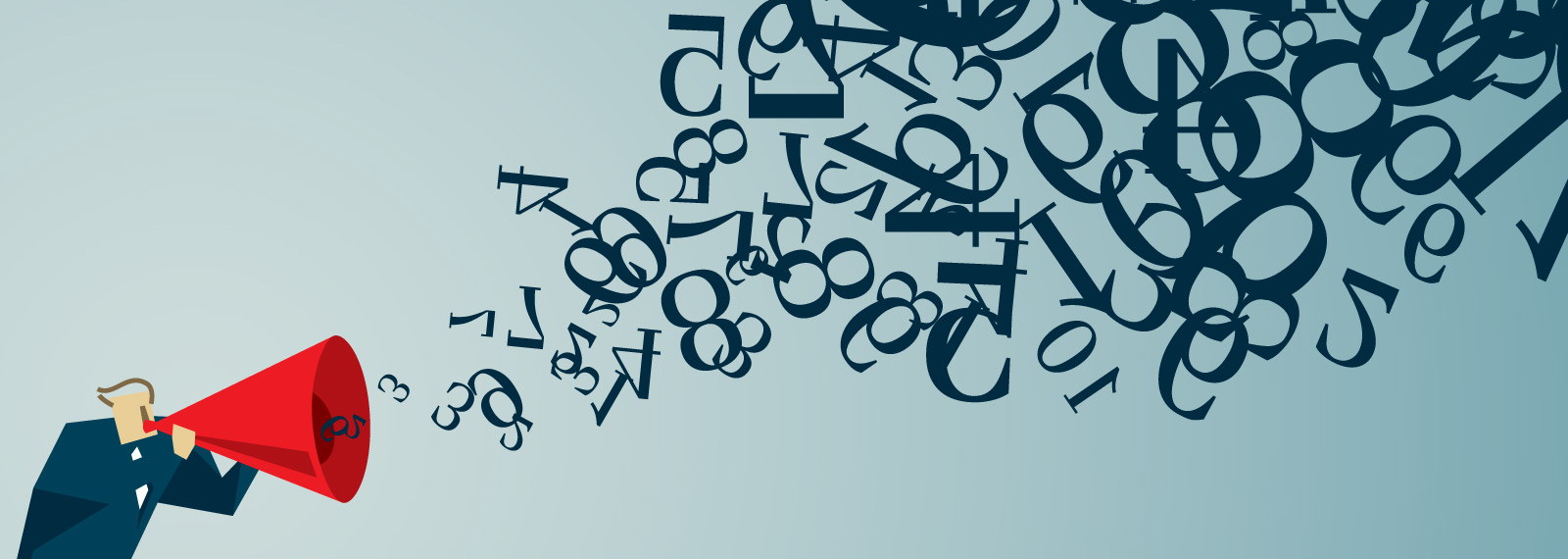Episode Three: The D-U-N-S Number Speaks Out
Host: George L'Heureux, Principal Consultant, Data Strategy
Guest: Dan Wadding, Data Advisor
On the surface, the D-U-N-S Number appears to be a simple nine digit number that Dun & Bradstreet assigns to a business location we've identified as economically active. It's relied on by businesses and governmental agencies around the world. The D‑U‑N‑S Number also serves as a primary data key within an organization's master data architecture enabling a single source of truth in the capture and storage of information related to a company's customers, partners, and suppliers.
Join us as we give voice to the D-U-N-S number: What it is, what it's used for, what it represents, how it's used, and much more!

